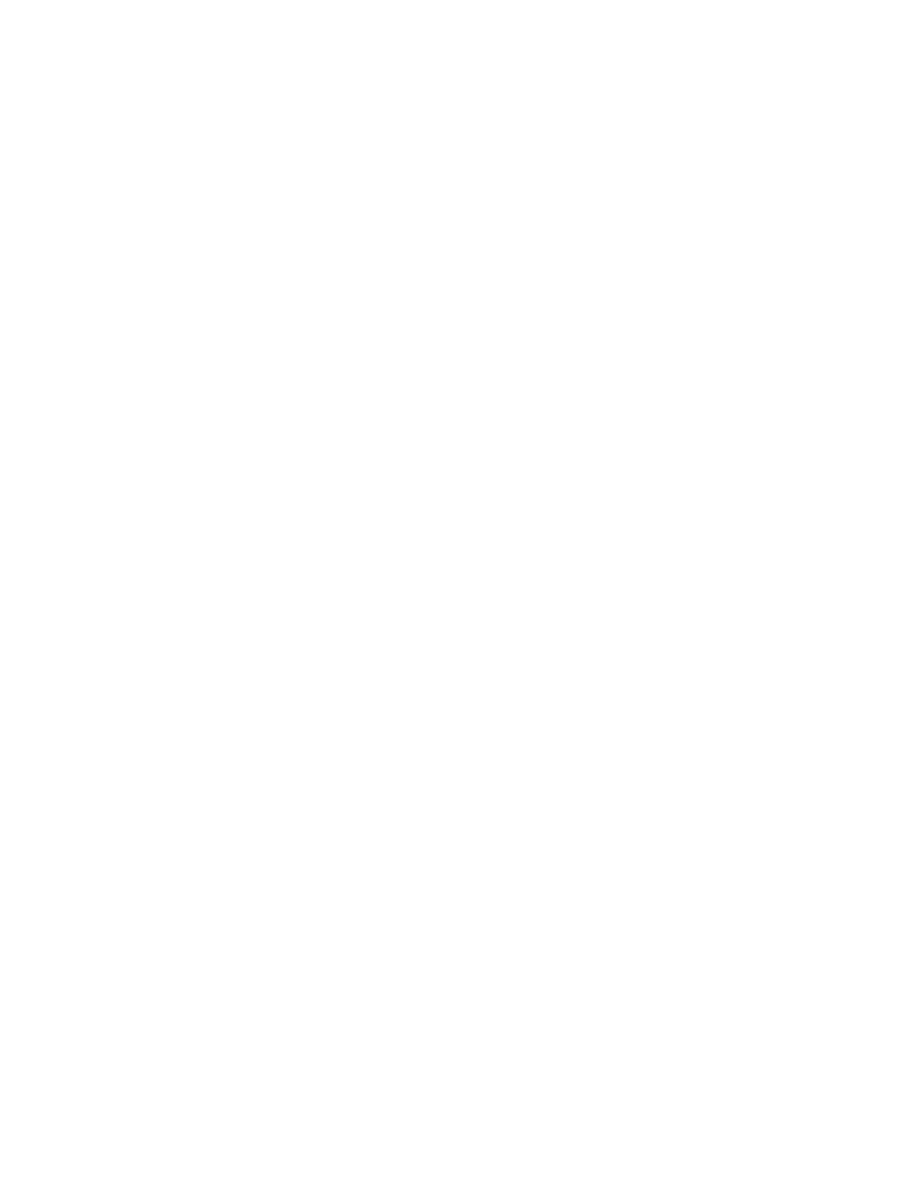
637
Federal Aviation Administration, DOT
§ 29.993
(b)
Carburetor vapor vents.
Each car-
buretor with vapor elimination connec-
tions must have a vent line to lead va-
pors back to one of the fuel tanks. In
addition—
(1) Each vent system must have
means to avoid stoppage by ice; and
(2) If there is more than one fuel
tank, and it is necessary to use the
tanks in a definite sequence, each
vapor vent return line must lead back
to the fuel tank used for takeoff and
landing.
[Doc. No. 5084, 29 FR 16150, Dec. 3, 1964, as
amended by Amdt. 29–26, 53 FR 34217, Sept. 2,
1988; Amdt. 29–35, 59 FR 50388, Oct. 3, 1994;
Amdt. 29–42, 63 FR 43285, Aug. 12, 1998]
§ 29.977
Fuel tank outlet.
(a) There must be a fuel strainer for
the fuel tank outlet or for the booster
pump. This strainer must—
(1) For reciprocating engine powered
airplanes, have 8 to 16 meshes per inch;
and
(2) For turbine engine powered air-
planes, prevent the passage of any ob-
ject that could restrict fuel flow or
damage any fuel system component.
(b) The clear area of each fuel tank
outlet strainer must be at least five
times the area of the outlet line.
(c) The diameter of each strainer
must be at least that of the fuel tank
outlet.
(d) Each finger strainer must be ac-
cessible for inspection and cleaning.
[Amdt. 29–12, 41 FR 55473, Dec. 20, 1976]
§ 29.979
Pressure refueling and fueling
provisions below fuel level.
(a) Each fueling connection below the
fuel level in each tank must have
means to prevent the escape of haz-
ardous quantities of fuel from that
tank in case of malfunction of the fuel
entry valve.
(b) For systems intended for pressure
refueling, a means in addition to the
normal means for limiting the tank
content must be installed to prevent
damage to the tank in case of failure of
the normal means.
(c) The rotorcraft pressure fueling
system (not fuel tanks and fuel tank
vents) must withstand an ultimate
load that is 2.0 times the load arising
from the maximum pressure, including
surge, that is likely to occur during
fueling. The maximum surge pressure
must be established with any combina-
tion of tank valves being either inten-
tionally or inadvertently closed.
(d) The rotorcraft defueling system
(not including fuel tanks and fuel tank
vents) must withstand an ultimate
load that is 2.0 times the load arising
from the maximum permissible
defueling pressure (positive or nega-
tive) at the rotorcraft fueling connec-
tion.
[Doc. No. 5084, 29 FR 16150, Dec. 3, 1964, as
amended by Amdt. 29–12, 41 FR 55473, Dec. 20,
1976]
F
UEL
S
YSTEM
C
OMPONENTS
§ 29.991
Fuel pumps.
(a) Compliance with § 29.955 must not
be jeopardized by failure of—
(1) Any one pump except pumps that
are approved and installed as parts of a
type certificated engine; or
(2) Any component required for pump
operation except the engine served by
that pump.
(b) The following fuel pump installa-
tion requirements apply:
(1) When necessary to maintain the
proper fuel pressure—
(i) A connection must be provided to
transmit the carburetor air intake
static pressure to the proper fuel pump
relief valve connection; and
(ii) The gauge balance lines must be
independently connected to the carbu-
retor inlet pressure to avoid incorrect
fuel pressure readings.
(2) The installation of fuel pumps
having seals or diaphragms that may
leak must have means for draining
leaking fuel.
(3) Each drain line must discharge
where it will not create a fire hazard.
[Amdt. 29–26, 53 FR 34217, Sept. 2, 1988]
§ 29.993
Fuel system lines and fittings.
(a) Each fuel line must be installed
and supported to prevent excessive vi-
bration and to withstand loads due to
fuel pressure, valve actuation, and ac-
celerated flight conditions.
(b) Each fuel line connected to com-
ponents of the rotorcraft between
which relative motion could exist must
have provisions for flexibility.
(c) Each flexible connection in fuel
lines that may be under pressure or
VerDate Sep<11>2014
12:50 Apr 30, 2019
Jkt 247046
PO 00000
Frm 00647
Fmt 8010
Sfmt 8010
Y:\SGML\247046.XXX
247046
spaschal on DSK3GDR082PROD with CFR